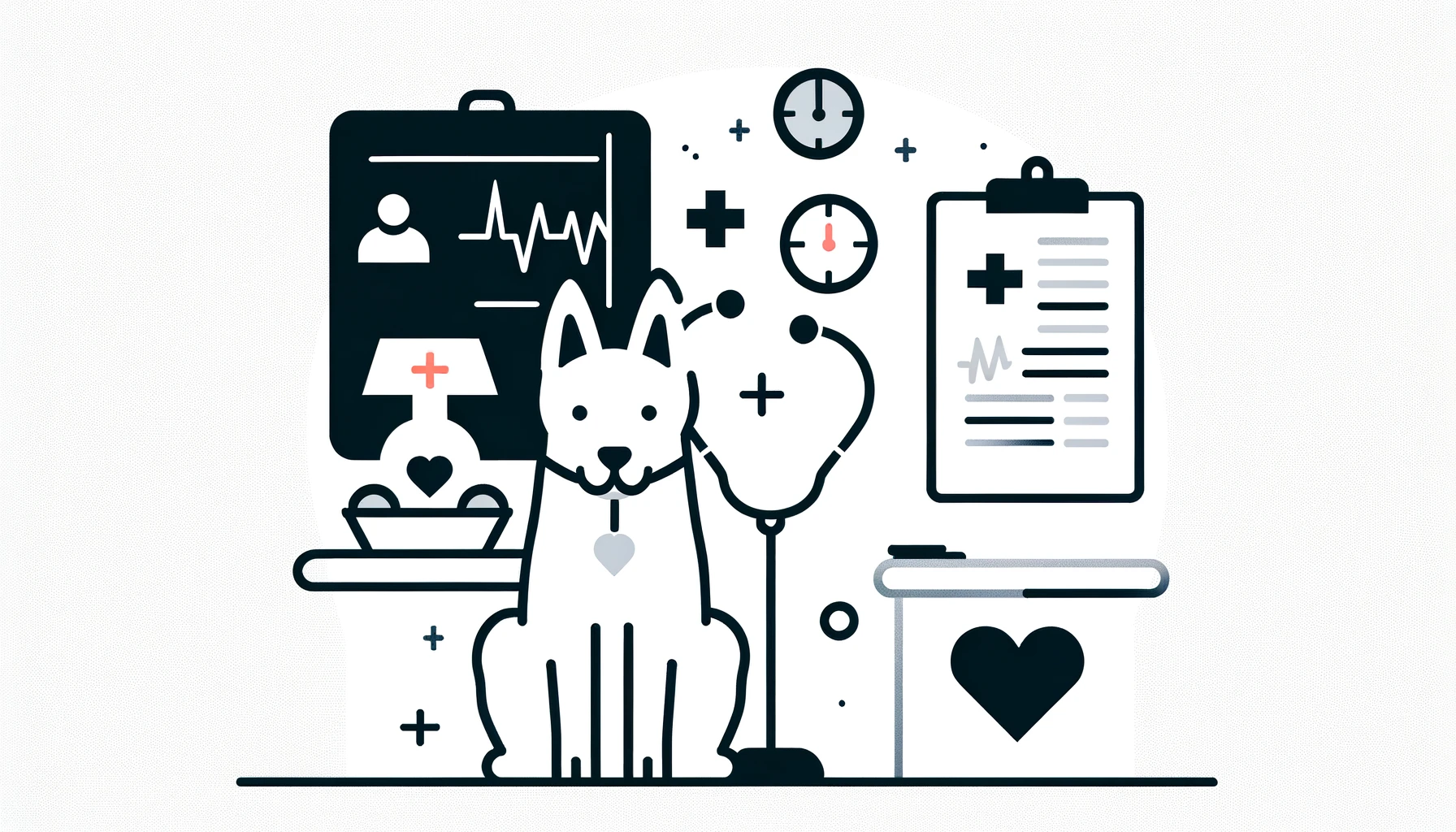The decision to purchase pet insurance is a critical step towards ensuring your pet’s health and your financial stability. Yet, many pet owners are surprised by the variability in insurance premiums. These rates are determined by a combination of factors related to the pet, the chosen coverage, and external market conditions. By familiarizing yourself with these determinants, you can make more informed choices about your pet insurance policy.
1. Type of Pet
The species and breed of your pet are among the most significant factors affecting insurance premiums. Generally, dogs are more expensive to insure than cats due to higher veterinary costs. Moreover, certain breeds are predisposed to specific health conditions, which can increase the risk and, consequently, the premium. For example, large dog breeds are often more susceptible to hip dysplasia, while some purebred cats may have a higher risk of genetic disorders.
2. Age of Your Pet
Age plays a critical role in determining insurance premiums. Younger pets are usually cheaper to insure as they are less likely to have developed chronic conditions. However, premiums typically increase as pets age due to the higher risk of illness and injury. Securing insurance when your pet is young can lead to more favorable terms and lower lifetime costs.
3. Location
Where you live can also impact your pet insurance premiums. Veterinary care costs vary by region, influenced by local economic conditions, cost of living, and availability of veterinary services. Urban areas, where veterinary services are often more expensive, tend to have higher insurance premiums compared to rural areas.
4. Coverage Type
The scope and type of coverage you choose significantly affect your premiums. Policies offering comprehensive coverage, including accidents, illnesses, wellness care, and routine check-ups, cost more than accident-only policies. Additionally, plans with higher coverage limits, lower deductibles, and higher reimbursement rates will also have higher premiums.
5. Deductible Amount
The deductible is the amount you pay out-of-pocket before your insurance policy kicks in. Choosing a higher deductible can lower your monthly premiums. However, this means you will pay more upfront for veterinary care before receiving any reimbursement from your insurer. It’s important to balance the deductible with your ability to manage unexpected expenses.
6. Reimbursement Level
Pet insurance policies typically offer various reimbursement levels, which determine the percentage of the vet bill the insurance company will pay after the deductible is met. Higher reimbursement levels lead to higher premiums but can reduce your out-of-pocket costs for veterinary care. Selecting the right reimbursement level requires considering your financial flexibility and your pet’s health needs.
7. Wellness and Preventive Care Add-ons
Many pet insurance policies offer optional wellness and preventive care coverage at an additional cost. These add-ons can cover routine care, such as vaccinations, dental cleanings, and flea and tick prevention. While they increase your premium, they can provide savings on regular veterinary care that maintains your pet’s health and prevents more serious conditions.
8. Claim History
Similar to other forms of insurance, your claim history can affect your pet insurance premiums. Frequently claiming can lead to higher premiums upon renewal, as it indicates a higher risk to the insurer. Responsible pet ownership and preventive care can help minimize the need for claims and keep premiums more affordable.
9. External Economic Factors
External economic factors, including inflation and the rising cost of veterinary care, also play a role in determining insurance premiums. As the cost of veterinary services increases, insurance companies may adjust premiums to cover the higher claims payouts. Additionally, broader economic trends and regulatory changes can impact insurance costs and market dynamics, influencing premiums across the board.
Navigating pet insurance premiums can be complex, with multiple factors influencing the cost of your policy. Understanding these variables—the type and age of your pet, where you live, the chosen coverage and deductible amount, reimbursement levels, optional wellness care, your claim history, and external economic factors—allows you to make informed decisions that align with your financial situation and your pet’s healthcare needs. By carefully considering these aspects, you can select a pet insurance plan that offers the best value and protection for your beloved companion, ensuring they receive the care they deserve throughout their life.



